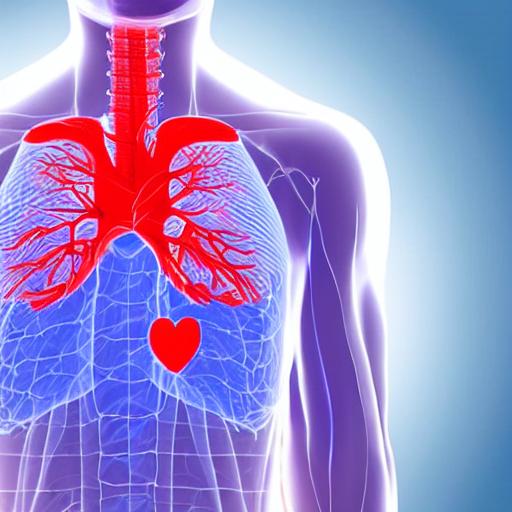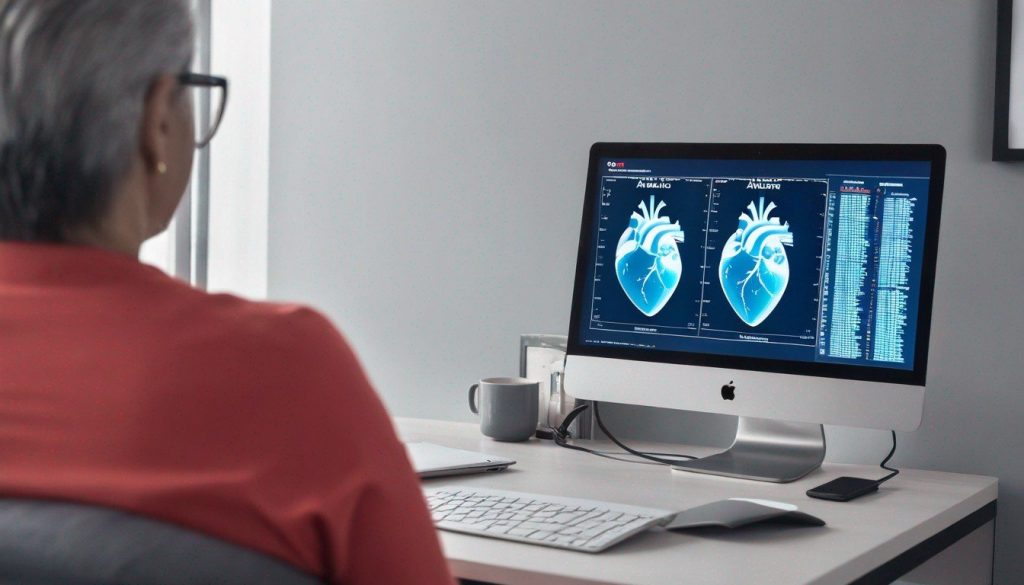A single chest X-ray can be used to forecast the 10-year risk of dying from a heart attack or stroke as a result of atherosclerotic cardiovascular disease using a deep learning model that has been built by researchers. The study’s findings were presented at the Radiological Society of North America’s annual meeting (RSNA).
An advanced kind of artificial intelligence (AI) called deep learning can be trained to explore X-ray images for patterns connected to disease.
Jakob Weiss, M.D., a radiologist associated with the Cardiovascular Imaging Research Center at Massachusetts General Hospital and the AI in Medicine program at the Brigham and Women’s Hospital in Boston, is the study’s lead author. Their deep learning model offers a potential solution for population-based opportunistic screening of cardiovascular disease risk using existing chest X-ray images, he said.
According to current recommendations, determining who should receive a statin for primary prevention involves assessing the 10-year risk of significant unfavorable cardiovascular disease events.
The atherosclerotic cardiovascular disease (ASCVD) risk score, a statistical model that takes into account a wide range of factors, such as age, sex, race, systolic blood pressure, hypertension therapy, smoking, Type 2 diabetes, and blood tests, is used to determine this risk. Patients with a 10-year risk of 7.5% or greater are advised to take statin medication.
The approaches for population-based screening are ideal because the factors required to determine ASCVD risk are frequently not available, according to Dr. Weiss. Since chest X-rays are frequently available, their method may assist in identifying people who are at high risk.
A deep learning model was built by Dr. Weiss and a group of researchers utilizing just one chest X-ray (CXR) input. Using 147,497 chest X-rays from 40,643 participants in the Prostate, Lung, Colorectal, and Ovarian Cancer Screening Trial, a multi-center, randomized controlled trial created and supported by the National Cancer Institute, they created the model, known as CXR-CVD risk, to predict the risk of death from cardiovascular disease.
The researchers used a second independent sample of 11,430 outpatients (mean age 60.1 years; 42.9% male) who had a regular outpatient chest X-ray at Mass General Brigham and were possibly eligible for statin medication to test the model.
Over the course of the median follow-up of 10.3 years, 1,096 patients, or 9.6%, out of 11,430 patients, experienced a serious adverse cardiac event. The risk that the CXR-CVD risk deep learning model predicted and the observed major cardiac events were significantly correlated.
The predictive utility of the model was also compared to the accepted clinical criterion for determining statin eligibility. Due to missing data (such as blood pressure and cholesterol) in the computerized record, this could only be estimated for 2,401 patients (21%) in total. The CXR-CVD risk model performed comparable to the accepted clinical standard for this subset of patients and even added value.
The beauty of this method is that all you need is an X-ray, which is taken millions of times per day all around the world, according to Dr. Weiss. Their deep learning model predicts future major adverse cardiovascular events with similar performance and incremental value to the accepted clinical standard based on a single existing chest X-ray image.
An additional study, including a controlled, randomized trial, is needed to validate the deep learning model, which might eventually serve as a decision-support tool for treating clinicians, according to Dr. Weiss.
What they have demonstrated is that a chest X-ray is more than just a chest X-ray, Dr. Weiss explained. They gain a quantifiable measure using this approach, which allows them to provide both diagnostic and prognostic information that assists both the clinician and the patient.
Vineet Raghu, Ph.D., Kaavya Paruchuri, M.D., Pradeep Natarajan, M.D., M.M.S.C., Hugo Aerts, Ph.D., and Michael T. Lu, M.D., M.P.H. are co-authors. The National Academy of Medicine and the American Heart Association provided funding to the researchers.









